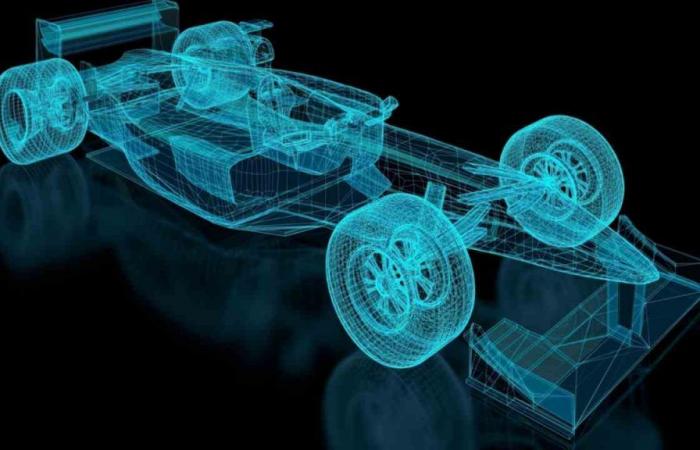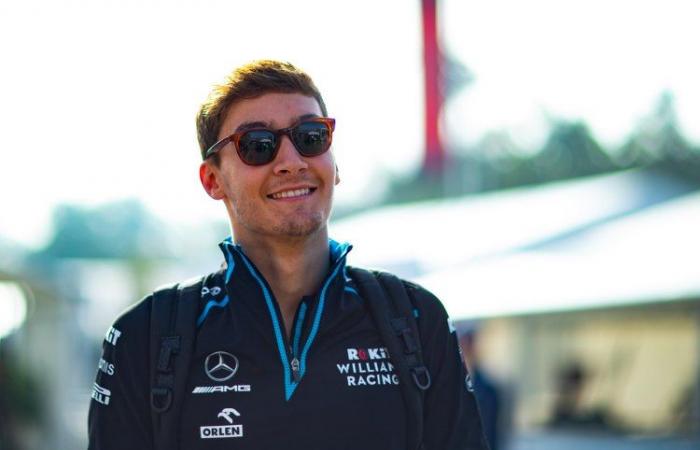The future of Formula One is uncertain, but one thing is certain: adrenaline and emotions will continue to be the protagonists
Fire horses hurtling across the asphalt, drivers challenging the limits of man and machine, breathtaking overtaking and a roar that makes the heart vibrate. There Formula One has always been synonymous with entertainment and adrenaline, but in recent years it has reached speed levels never seen beforewith some single-seaters bordering on 400 km/h.
Just think that one Formula One today is capable of accelerating from 0 to 200 km/h in less than 5 seconds, a time even less than NASA Space Shuttle. This is thanks to increasingly advanced technologies, perfected aerodynamics and very powerful engines that release thousands of horsepower.
Such speed, however, is not without its risks. THE Formula One drivers are constantly subjected to G forces high levels, which put their bodies and psyches to the test. Not surprisingly, some of them, like George Russellthey admitted to trying terror behind the wheel of these supersonic cars.
“There was a curve I took at 300 km/h“, said the British pilot,”and I knew that if I made a mistake I would hit the wall at breakneck speed. I was scared, I’ve never felt anything like it“.
Formula one: the challenge for the future
Despite the risks and fears, the pursuit of speed in Formula One It doesn’t seem destined to stop. Engineers continue to study new solutions to make the even more performing single-seaters, and some speculate that in the future they could even exceed 400 km/h of maximum speed. A goal that would bring motorsport to a level never seen before, but which also opens up… security questions and on the human role in this sport.
There Formula One is therefore faced with a great challenge: finding the right balance between speed and safety, to guarantee an increasingly exciting show but without putting the lives of pilots at risk. A challenge that will require commitment, innovation and collaboration from all the actors involved in this exciting sport. They will have to find technological solutions to increase the protection of pilotswithout excessively penalizing the performance of the cars.
Tomorrow’s single-seaters will be even fasterpowerful and technological, but will always have to take into account the human factor and pilot safety. And it will be essential to find a way to preserve the passionate emotion that it has always represented the soul of this sport.







